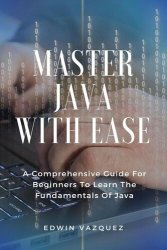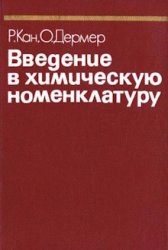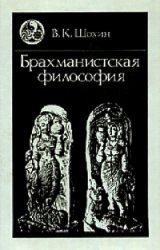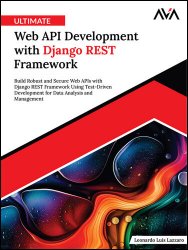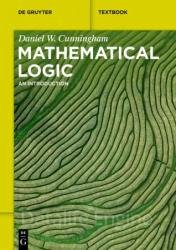 Название: Mathematical Logic: An Introduction
Название: Mathematical Logic: An IntroductionАвтор: Daniel W. Cunningham
Издательство: De Gruyter
Год: 2023
Страниц: 270
Язык: английский
Формат: pdf (true), epub
Размер: 27.2 MB
Mathematical An Introduction is a textbook that uses mathematical tools to investigate mathematics itself. In particular, the concepts of proof and truth are examined. The book presents the fundamental topics in mathematical logic and presents clear and complete proofs throughout the text. Such proofs are used to develop the language of propositional logic and the language of first-order logic, including the notion of a formal deduction. The text also covers Tarski’s definition of truth and the computability concept. It also provides coherent proofs of Godel’s completeness and incompleteness theorems. Moreover, the text was written with the student in mind and thus, it provides an accessible introduction to mathematical logic. In particular, the text explicitly shows the reader how to prove the basic theorems and presents detailed proofs throughout the book. Most undergraduate books on mathematical logic are written for a reader who is well-versed in logical notation and mathematical proof. This textbook is written to attract a wider audience, including students who are not yet experts in the art of mathematical proof.
Mathematical logic is a particular branch of mathematics that applies mathematical tools to investigate the nature of mathematics. Consequently, in this book our attention will be focused on the language of mathematics. This will be done by discussing formal languages, first-order logic, model-theoretic semantics, deductive systems, and their mathematical properties and relations. Such a focus radiates a bright and direct light on mathematics itself.
Aristotle was the first formal logician who identified several key principles of correct reasoning, namely, the syllogisms. On the other hand, modern mathematical logic is based on the late nineteenth- and early twentieth-century innovative work of Boole, Frege, Peano, Russell, Whitehead, Hilbert, Skolem, Gödel, Tarski, Cantor, and their followers. The material presented in this text is the result of these pioneers in mathematical logic.
This textbook delivers an upper-division undergraduate course in mathematical logic. This subject typically attracts students with various backgrounds, some of whom may be quite familiar with logical notation and mathematical proof while others may not be as familiar. The book strives to address the needs of such a course. My primary goal was to write a book that would be accessible to all readers having a fundamental background in mathematics. Thus, I have made an effort to write clear and complete proofs throughout the text. In addition, these proofs favor detail over brevity. This approach should be to the benefit of all students, readers, and instructors.
Скачать Mathematical Logic: An Introduction
[related-news] [/related-news]
Комментарии 0
Комментариев пока нет. Стань первым!
